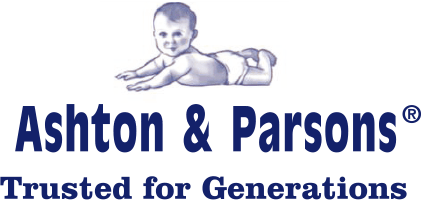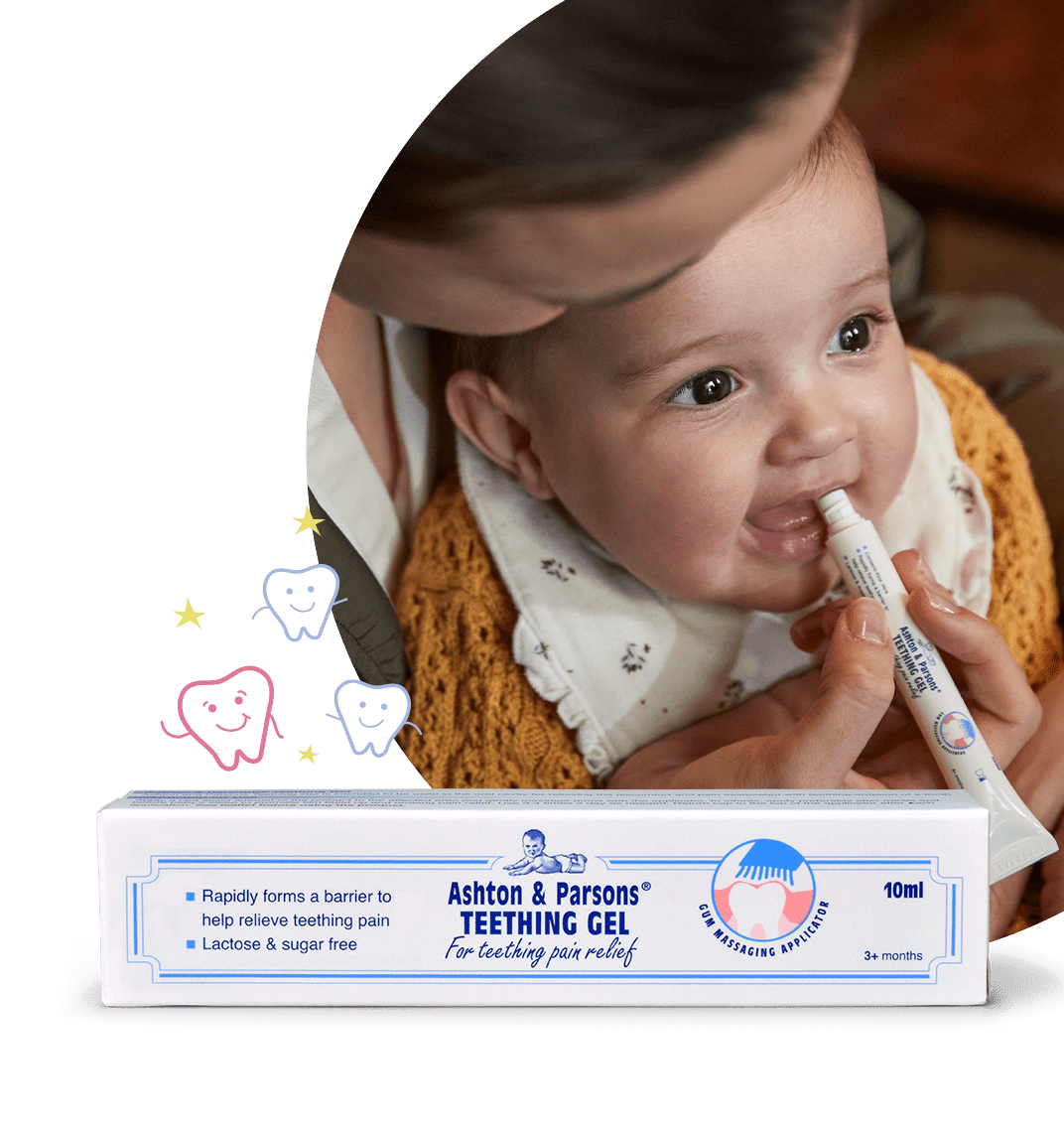The early months of any baby’s life are a wonderful time for parents, but they can also present some challenges as it may feel as though you need to absorb an encyclopaedia of knowledge very quickly in order to keep up with every change and development.
Alongside the tricky teething stage comes the need to learn about dental care for your baby, as gum disease (gingivitis), tooth decay and cavities can present in milk teeth as well as adult teeth. Even though these teeth are impermanent and will be replaced by adult teeth at about the age of 6, tooth hygiene is essential to keep your child free from oral infections. Milk-teeth also play an essential role in helping your child learn to eat and chew properly, assist with speech development, and act as placeholders for the permanent teeth, which are more likely to come through crooked if baby teeth are lost.
Getting used to brushing
To make it easier to brush your child’s teeth when they appear, it is helpful to introduce the practice and routine of teeth-brushing before teething occurs. This way, your baby will be used to the feeling of a toothbrush and the taste of toothpaste. You might find it easier to begin by rubbing the gums with your clean fingertip before trying to use a child-friendly toothbrush. By the time the first milk-tooth appears, both you and your baby should be well-rehearsed in the artform!
How to brush your baby’s teeth
Sit your little one on your lap with their head resting against your chest. Be sure to use a soft baby toothbrush or for their very first teeth you may find it gentler and simpler to use a damp, clean washcloth or gauze to rub the teeth and gums.
There has been varying advice regarding the use of toothpaste for first teeth, but the current NHS guidelines suggest that you use a fluoride-based baby-toothpaste (these contain a much weaker concentrate of fluoride than adult pastes). Use a tiny smear, about the size of a rice-grain, of toothpaste, and gently rub the front and back surfaces of any visible teeth, as well as the gum line, using circular motions with the brush or your finger. Toothbrushes should be replaced every two to four months, or when bristles begin to splay.
When they are old enough, you can encourage your child to spit after brushing, but do not rinse their mouth out with water, as this will wash away the fluoride, leaving the teeth at greater risk of tooth decay.
As with adult teeth, milk-teeth should be brushed twice daily, including before bedtime.
Prolonged dental hygiene
Familiarise your baby with the dentist by taking them along to your own appointments where possible, so that the experience isn’t in any way intimidating when it’s their turn.
You should book a first appointment as the initial teeth begin to emerge. Children’s dentist visits are covered by the NHS.
Ashton & Parsons Teething Powders are a traditional herbal medicinal product used for the symptomatic relief of teething pain and the symptoms associated with teething which are sore and tender gums, flushed cheeks and dribbling, exclusively based upon long-standing use as a traditional herbal remedy. Contains tincture of matricaria. Always read the label.
Ashton & Parsons Teething Gel is a medical device. Always remember, product should be applied by adults. Never leave a medical device in the hands of a child.
References:
https://www.nhs.uk/conditions/pregnancy-and-baby/looking-after-your-infants-teeth/
https://www.nhs.uk/live-well/healthy-body/taking-care-of-childrens-teeth/






